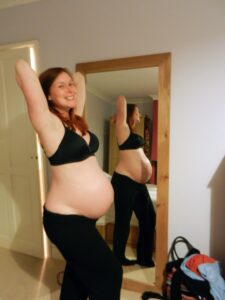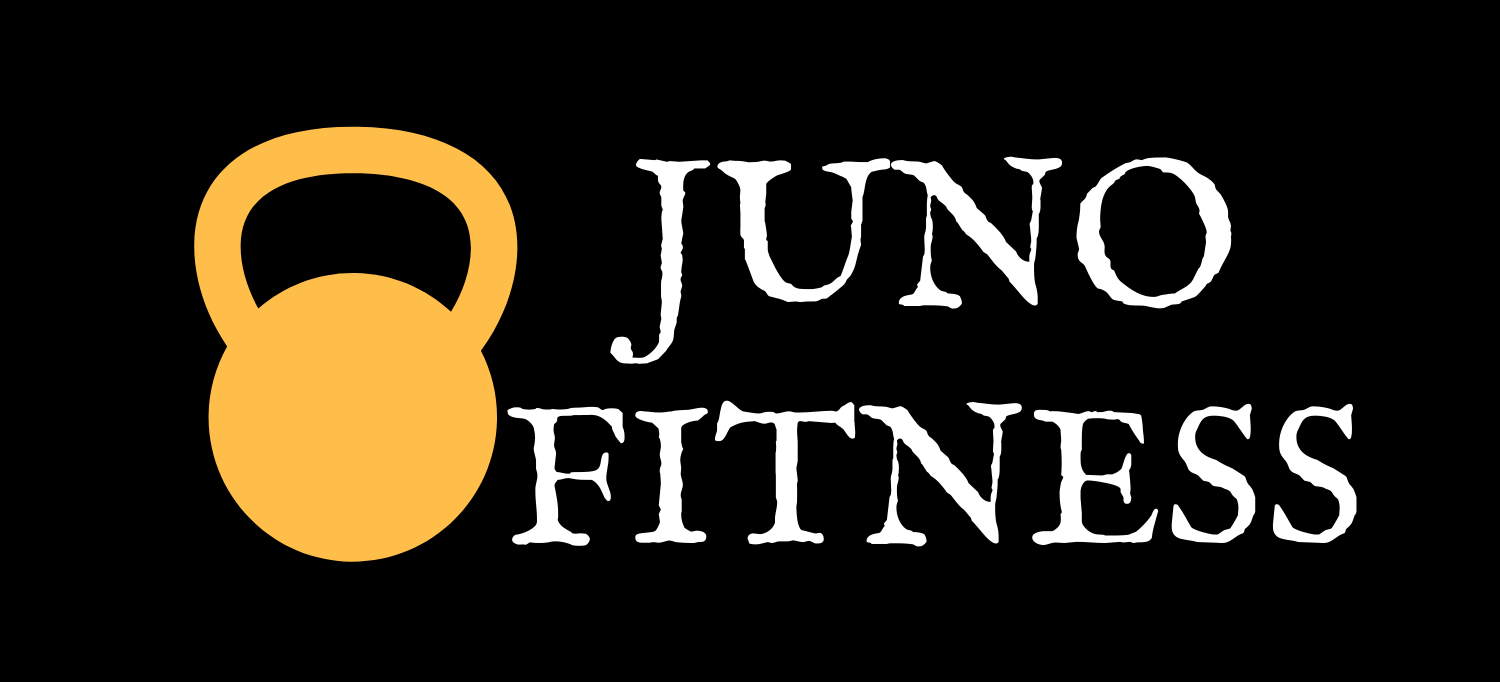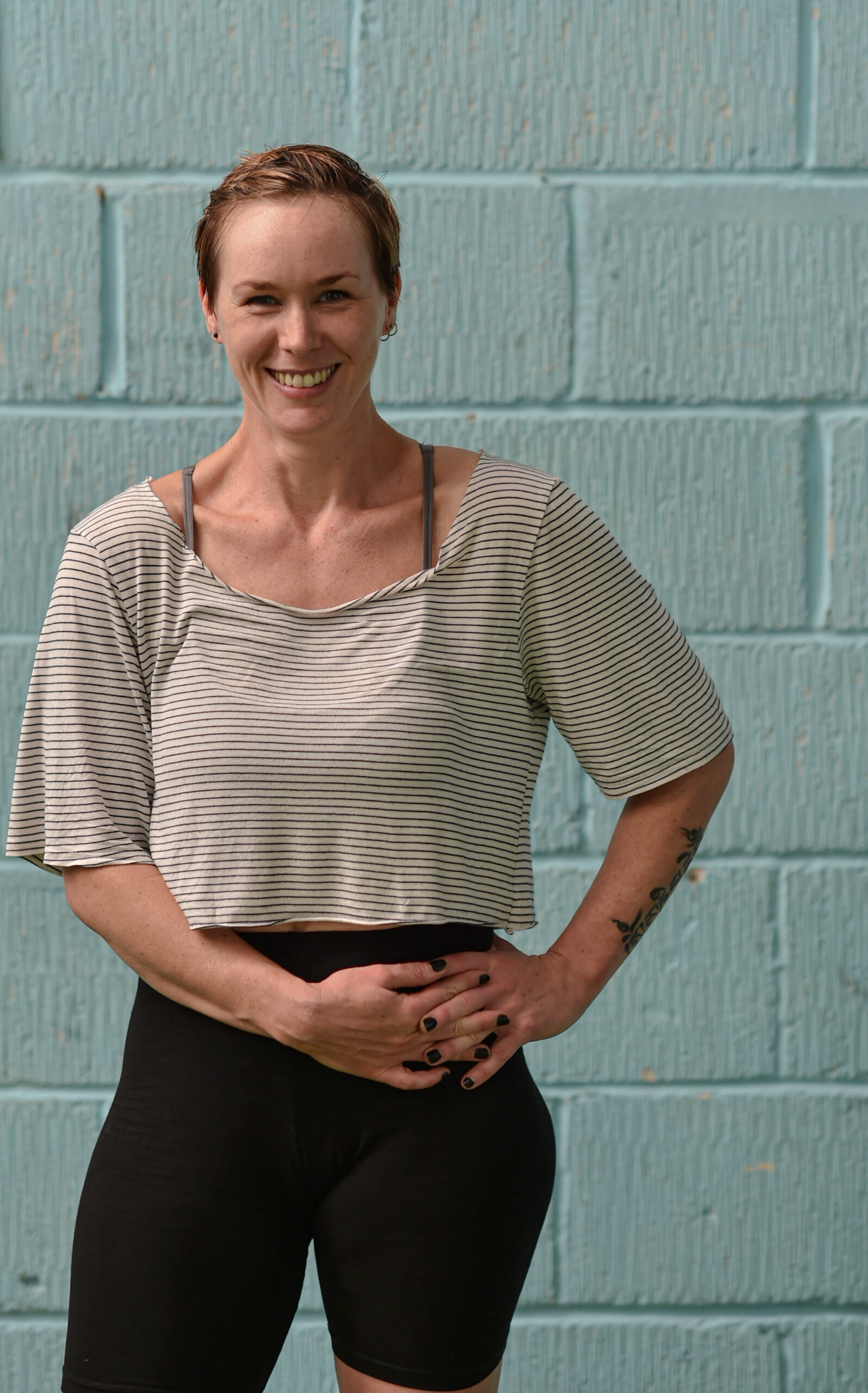He said to me, “is that from lifting weights too heavy for you?”
“No, if they were too heavy for me I couldn’t life them could I? No the hernias are from weakness in my abdominal wall from when I was pregnant with my first baby” I replied. Ordinarily I’d have brushed this comment off but I knew what he assumed – that I’d overreached my fragile capability. Sure, you can get hernias from lifting heavy weights, but it’s rare and results from poor pressure management – without good technique and building up strength.
12 years ago I was pregnant and I developed an umbilical hernia – you know that popped out belly button you see on pregnant women? That. Except it happened fairly early on at around 4 months. He wasn’t a particularly big bump, just general bump sized (actually I’ve just found this picture and he was bigger than I remember!)
But I remember having an outtie belly button as a child, My theory is that that part of my body, the midline between my abdominal muscles, was just genetically less strong.
Obviously babies number 2 and 3 did nothing but make things worse, bless their noisy souls.
The belly button hernia has never been a problem other than looking weird. I had basically either a flat belly button, or sometimes it was swollen and popped out depending on, I guess, digestion, fluid retention, I don’t know. I have belly button envy, y’all, for anyone who has a regular belly button.
As a movement and strength professional with a qualification in pregnancy and postnatal training and rehab, I could feel the tissue deficiencies where the abdominal wall had been stretched. This is called diastasis recti and is 100% expected during pregnancy. It usually sorts itself out with good breathing and core muscle rehab after pregnancy. Here is more info on that.
To “fix” it, it’s not necessarily the distance between the muscles that needs to close (although to an extent, it is), but more importantly, the depth downwards that needs to have enough tension behind it. When the belly button hernia occurred, that meant that there was a hole between the muscles for a little bit of fatty tissue to come through. I’ve spent a good many years learning about, working on my own and diligently teaching others deep core strength, so in terms of my own rehab from the pregnancy damage, there’s only so much I can do. My muscles are strong, but soft tissue damage is soft tissue damage and I can’t fix that.
The surgeon I saw after I developed my second hernia said the same thing – “you’ve done a great job with the muscles, but you can’t do anything about a hole in your abdominal wall.” Took me a few seconds of smugly smiling to myself because I’m a sucker for praise, to focus on the main takeaway there. Actually, nope, I’m still focused on being told I have strong abdominal muscles.
Anyway the second hernia developed only a few weeks prior to this surgery and was the reason for the surgery because it was causing me painful and both breathing and digestive-related symptoms. Those symptoms faded after a few days, which was lucky, but the hernia lump stayed and slowly hardened and got bigger.
So here we are today. Operated on and very annoyed at how immobile I suddenly am because I did not expect it.
It hurts. Really hurts. I naively didn’t expect it to hurt this much.
The operative technique used, as far as google helps me to understand it, (medical people feel free to jump in and correct me), is one involving separating the individual muscles and fixing them back closer together and attaching them with some sort of mesh.
So what this translates to, is some DOMS unlike any DOMS I’ve ever had in my life.
Now, a surprising observation I had this morning, was to curse my (in the words of at least one other person, I’m not just being vain – although I am quite a lot of the time, as you all likely know) “impressively strong” abdominal muscles and I’ll tell you why. Any time these muscles that have been cut and stitched turn on, they pull against where they’ve been fixed into place and I’m in a WORLD of pain. If they weren’t as strong, they wouldn’t be able to pull as hard now would they?
Turns out maybe you actually CAN be too strong. Lols.
We’re here to walk me through the mental game that is having a body that could do pretty much anything it wanted a couple of days ago and celebrated that just hours before surgery by doing pull-ups and push-ups and heavy kettlebell swings, to having a body that can’t take itself to the loo without it being a massive ordeal.
Some of you may know that my mum suffered from MS, and for the entire time we had together I never knew her body as anything other than a body that couldn’t do anything for herself.
But the stories I know about her before MS, are that hers was a body that never stopped moving, would often run just because it got bored of walking, and that went through army training intending to have a physical and active life.
Until it couldn’t do any of those things.
I’ve never stopped thinking about this, her experience of her body is one that stays with me every day. I’m grateful every time I have the privilege to train my body and ask it to do hard things.
I don’t say this as a particularly athletic person naturally. I’ve had to learn the habit of being active and training hard. A lot of experiences, including the imprint of my mum’s experience and a difficult relationship with body image has led me to the identity I have today as somebody who’s life has a massive part of it devoted to movement and strength. And despite it not coming naturally, I love movement and strength and doing hard things. I love what I can do. I love my body. And I don’t say that lightly.
Every woman out there reading this who has had a C section is rolling her eyes at me saying, “yeah you think this is hard? TRY HAVING A NEWBORN AT THE SAME TIME”
I’m going to keep my head down and continue writing, respectfully, about what comes up for me mentally and physically as my body heals, because I’m lucky enough to know that it will, and I want to remind you that movement is how we heal, and movement is how we come back to ourselves.
Today’s movement: simply breathing (and panic-googling how long it takes to develop bedsores)



